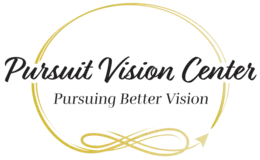In addition to working with children and other persons suffering from vision development problems, vision therapy also helps individuals who are experiencing visual complaints stemming from a head injury.
Two types of acquired brain injuries include:
Traumatic brain injury refers to damage to the brain as a result of mechanical force. Examples of this specific injury include direct impact, whiplash such as rapid acceleration or deceleration, blast, or penetration.
Non-traumatic brain injury refers to damage as a result of an internal or external source without physical trauma. This would include an injury resulting from an infection, ischemia, stroke, or brain tumor.
An estimated ninety percent of individuals develop visual complications following brain injuries. These symptoms may include:
• Eyestrain; reading difficulties
• Avoidance of near tasks
• Double vision
• Dizziness
• Light sensitivity
• Visual field loss
• Vision-derived nausea
• Increased sensitivity to motion
• Visual inattention and distractibility
• Short term Memory loss
• Difficulty judging distances
• Difficulty with scanning; loss of place with reading
• Difficulty with personal grooming
• Poor eye contact
Neuroplasticity, or changes in the pathways of the brain, allows for the visual system to adapt after injury. This adaption allows for one to regain an efficient visual system and improves symptoms experienced after brain injuries. Reading, shopping, and basic daily activities can now become enjoyable once again.
